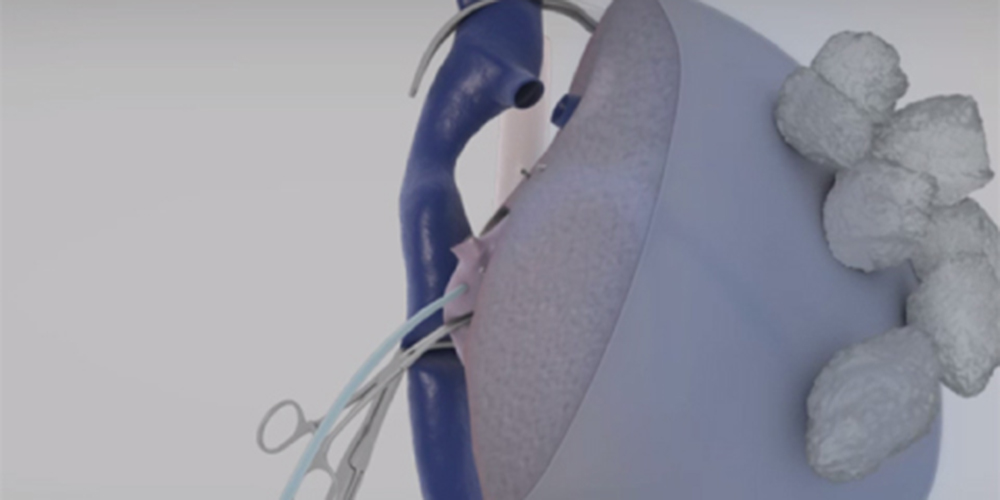With summer incoming, we'd like to report on the progress we've made on the Virtual Reality (VR) modules developed here at TVASurg.
VR surgical simulation module
Operating room VR modules
Our VR development has delved into simulating patient-specific procedures before, though the modules we've developed are more akin to surgical planning tools, where the user defines the surgical transection plane, and would be able to see the resulting specimen and remnant in one click of a button.
HPB/MOT fellows at the Toronto General Hospital have given us feedback on this module, and most specifically asked for a 'gradual' splitting of the liver, which not only closely resembles the actual procedure, but also helps visualize the surgical plan in a more sequential manner.
New surgical simulation VR module - Living donor left hepatectomy
To that end, we've taken our living donor left hepatectomy case models, and developed a VR surgical simulation module, complete with waterjet dissection and vascular ligation. During the simulation, the user can move/rotate the liver, as well as see through liver parenchyma to observe the vascular anatomy within the liver.
There are multiple future directions planned out for development of the simulation module and its functionalities. One would be to continue refining the vascular anatomy to segmental branches, and allow the user to clip, tie or staple the vessels during liver transection. Another would be to expand the simulation to include complex perfusion setups, such as the in situ cold perfusion technique, or the veno-veno bypass technique.
As always, stay tuned for more updates. Special thanks to our team content experts who constantly encourage our technological endeavors.
- The TVASurg Team


